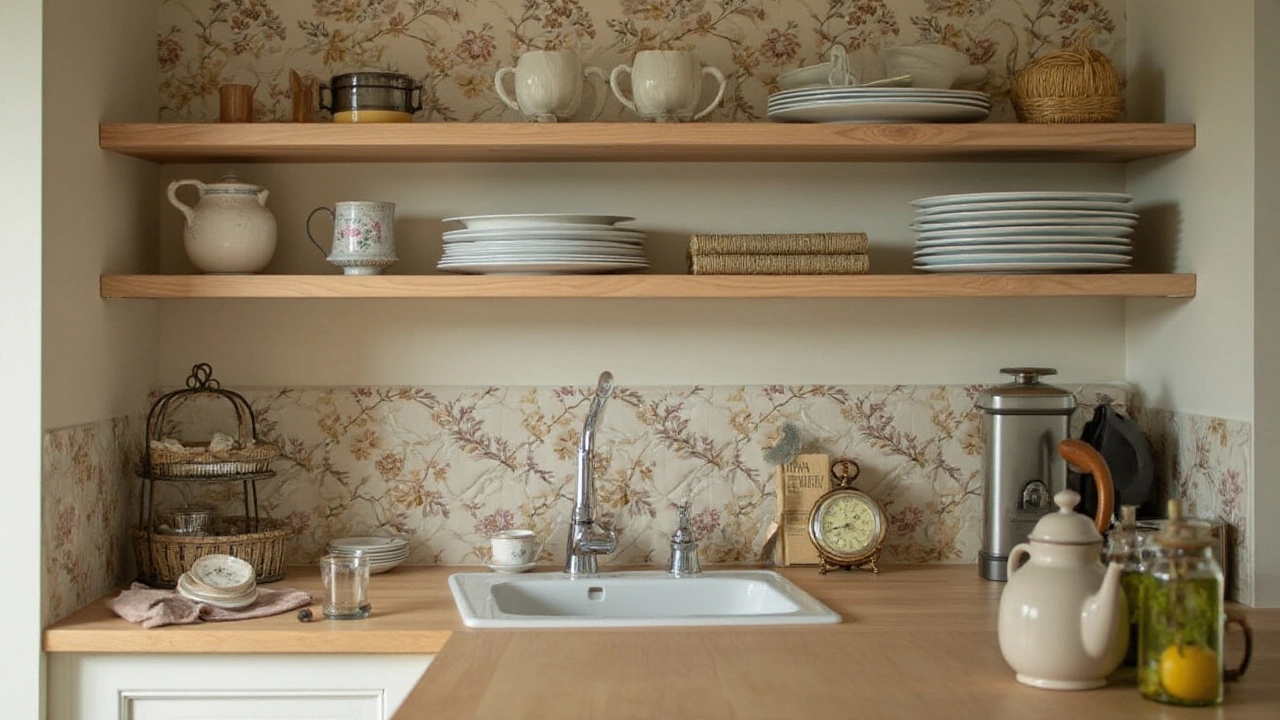Shelving Ideas for a Green, Stylish Home
Need more storage but don’t want to trash your style or the planet? Shelves are the secret weapon. They help you keep things tidy, showcase favorite pieces, and add visual interest without taking up a lot of floor space. Below you’ll find easy, cheap, and environmentally‑friendly ways to turn any wall, corner, or empty nook into a functional showcase.
DIY Shelving on a Budget
Building your own shelves can save money and let you pick sustainable materials. Reclaimed wood from pallets or old furniture makes a rustic look while keeping waste low. Cut the boards to size, sand them smooth, and finish with a low‑VOC varnish for a finish that’s safe for indoor air. A simple bracket set bought from a local hardware store holds the boards securely – no need for fancy hardware.
For those who lack tools, many community workshops offer free access to saws and drills. Bring your reclaimed pieces, follow a quick online plan, and you’ll have a set of floating shelves ready in an afternoon. Remember to measure your wall studs first; driving a few screws into a stud gives the strongest support for heavy books or plants.
Buy Smart, Choose Sustainable
If DIY isn’t your thing, look for ready‑made shelves made from responsibly sourced materials. Bamboo, FSC‑certified pine, or recycled metal are common choices on the UK market. Floating shelves with hidden brackets give a clean look and often use less wood than traditional bracket‑backed options.
Check product reviews for durability and whether the manufacturer uses recycled packaging. Many online stores now list a “green score” – aim for a rating of 3 stars or higher. Buying locally cuts down on transport emissions, so a UK‑based maker can be a win‑win for your wallet and the planet.
Placement matters as much as the shelf itself. In small rooms, run a vertical line of narrow shelves up the wall to draw the eye upward, creating an illusion of height. In the kitchen, install a short run of open shelves over the countertop to store dishes you use daily; this saves cabinet space and looks airy.
Don’t forget the under‑bed area. A low, sturdy shelf under the bed can hold bins for seasonal clothes or shoes, keeping clutter out of sight while staying easy to reach. Pair the shelf with a soft rug to add comfort and define the space.
For a pop of personality, mix materials: a metal frame with wood planks, or a reclaimed door used as a back panel for open shelving. This layered look feels curated rather than purchased, and you get the bonus of reusing items that would otherwise be thrown away.
Finally, think about the load you’ll place on each shelf. Light décor, like ceramic pots or framed prints, can sit on thinner boards, while books and heavier kitchenware need thicker, reinforced brackets. Using shelf‑liners made from recycled cardboard protects both the shelf surface and the items you store.
Whether you build, buy, or blend both approaches, the right shelving ideas can transform cluttered corners into organized, stylish showcase spots. Start with one small project, see how it feels, and expand from there – your home, your rules, and the planet will thank you.
-

The Art of Shelf Lining: Do People Still Do It and Why?
Shelf lining might seem like a practice from the past, but it's still very relevant today. It's not only about aesthetics but also about protection and organization. Lining shelves can extend the life of your furniture and help keep everything orderly. This article explores the reasons and methods behind shelf lining, with some creative tips to try at home.
